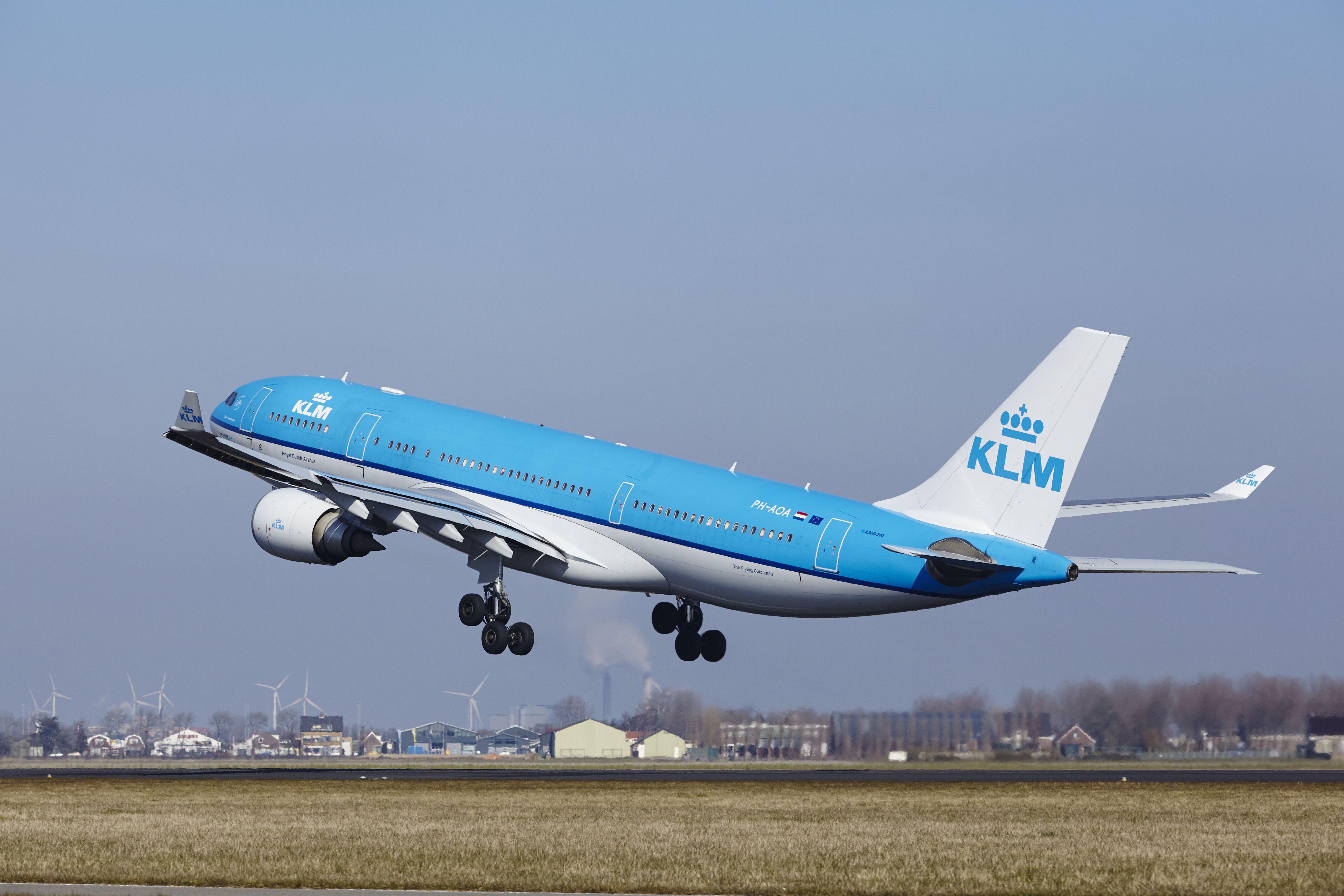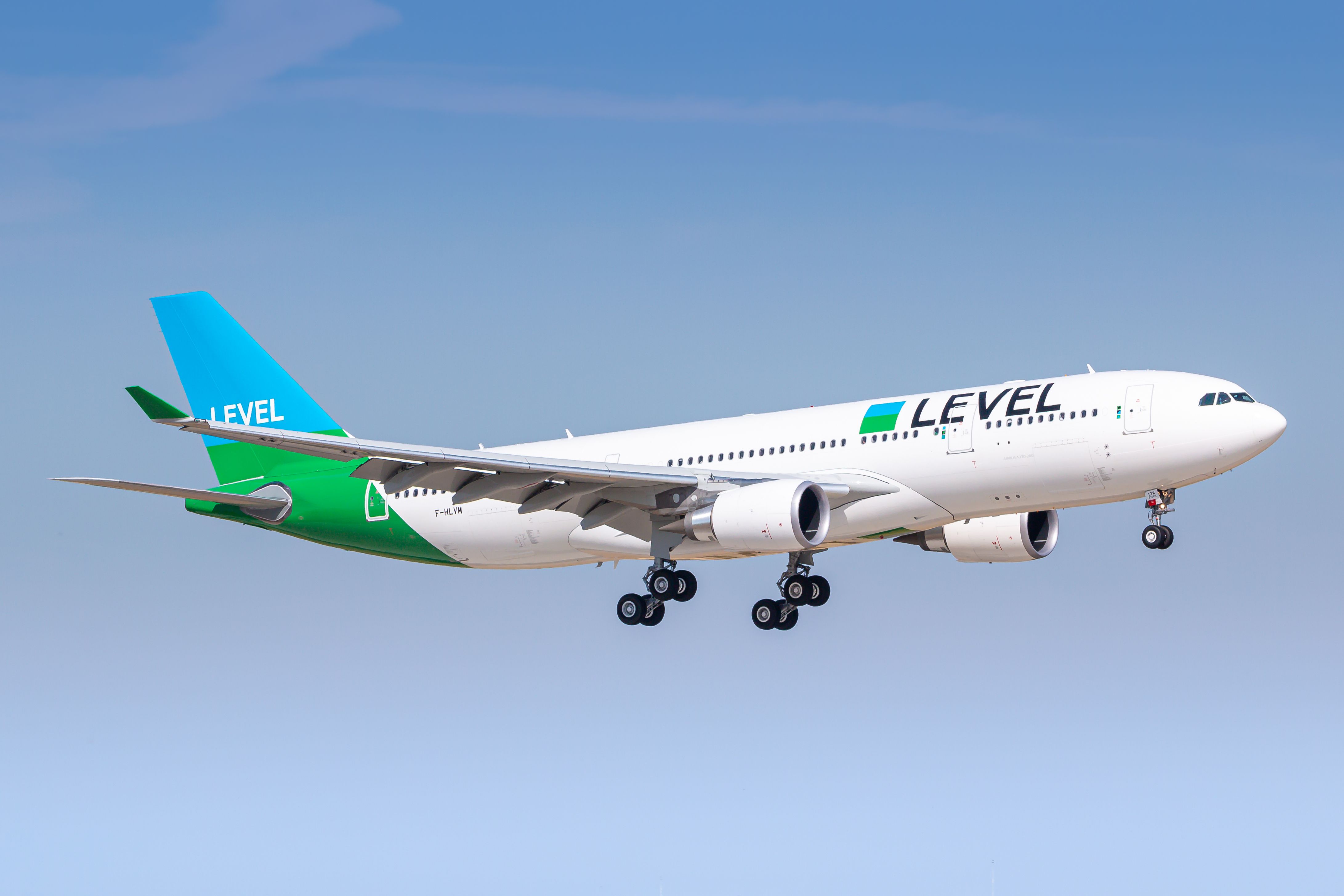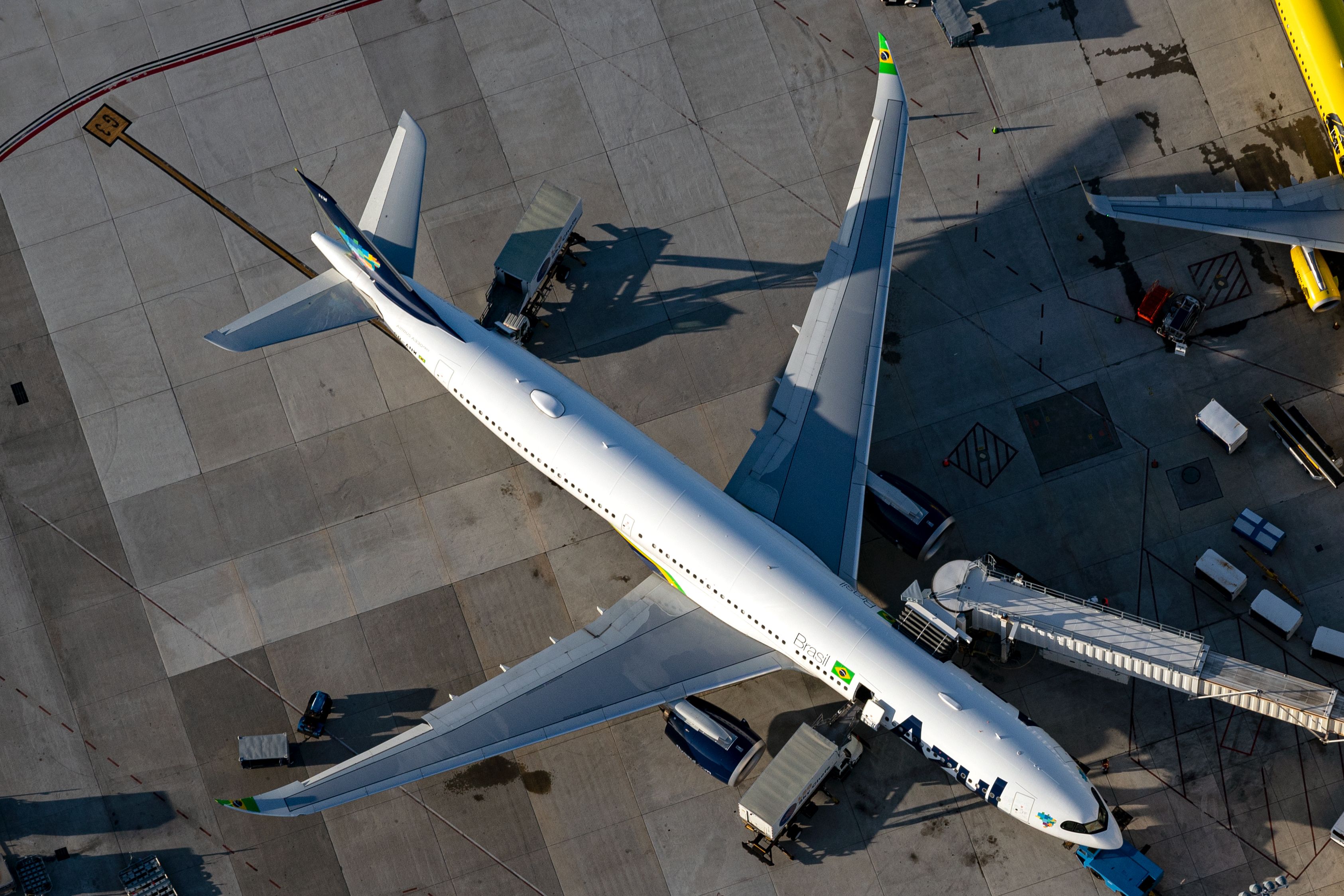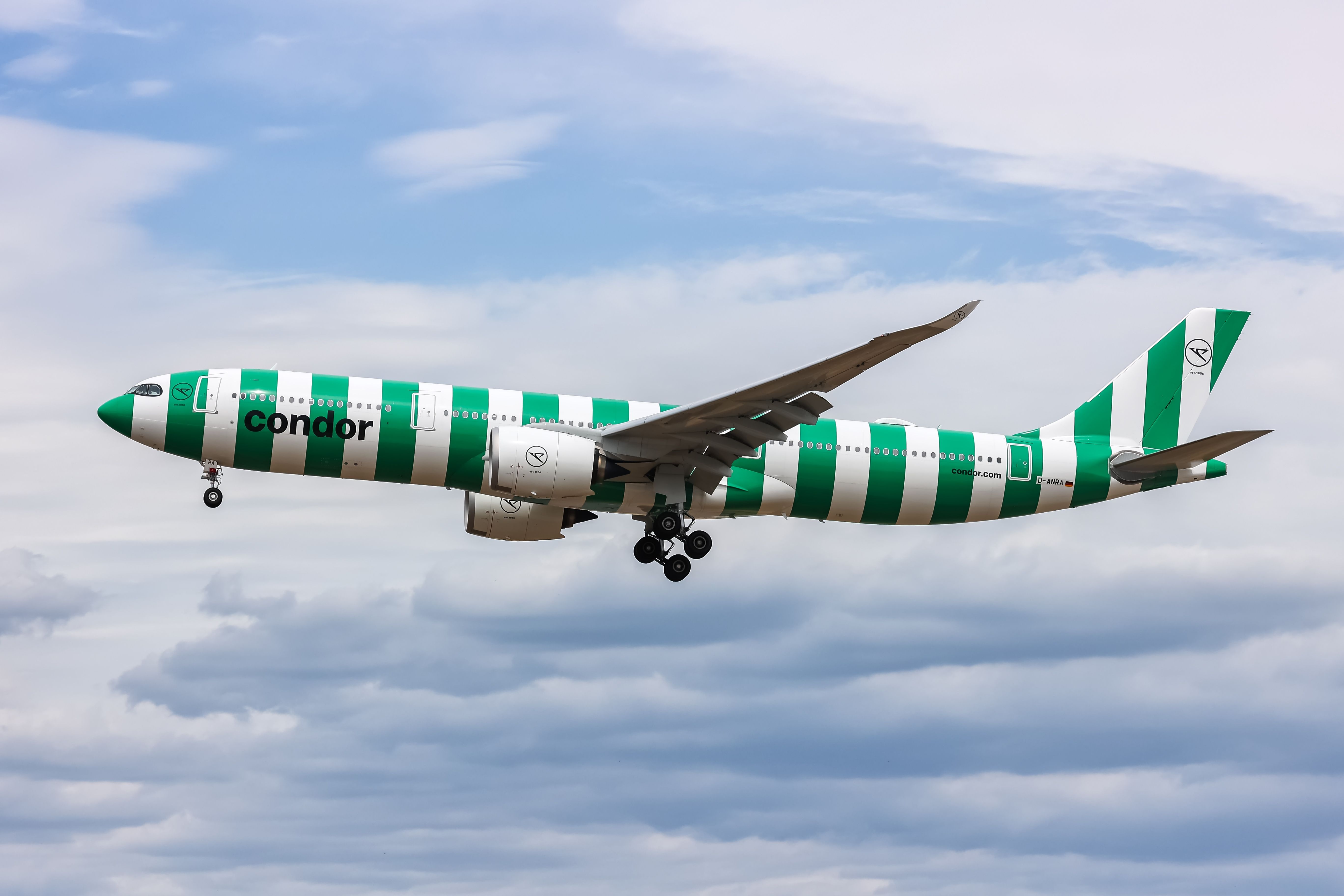Summary
- Original variants were discontinued for passenger use, with the newer A330-800neo and A330-900neo taking over.
- The A330neo offered enhanced aerodynamics, upgraded cabins, and better fuel efficiency with Rolls-Royce Trent 7000 engines.
- The A330neo struggled against the Boeing 787 despite a shared type rating with the A350 and offering a lower purchase price.
The story of the Airbus A330 began in 1994 when the twin-engine widebody entered commercial service with French carrier Air Inter. Designed in conjunction with the quad-engine Airbus A340 and following the introduction of the Airbus A300, the A330 rented the reign of a Boeing-dominated widebody market.
When first entering service, the Airbus A330-300 took to the skies, followed by a smaller variant, the A330-200. The aircraft sought to serve a unique niche of medium-demand medium and long-haul routes, a market that has become extremely coveted today.
Since its original service introduction, Airbus has sought to keep the A330 relevant with several upgrades, with a new version of the jet dubbed the A330neo entering service with Portuguese Flag Carrier TAP in 2018. The aircraft boasted enhanced aerodynamics and upgraded cabins, offering carriers lower operating costs and improved passenger comfort.
In total, the Airbus A330 family has amassed over 1,700 orders, including more than 300 orders for its latest variants. In this article, we will look deeper at the fascinating story of the A330 and why Airbus chose to build its modern successor.
Original Variants - A330-200 and A330-300
A330-200s were designed to seat between 210 to 250 passengers, with a theoretical capacity of 406 seats in a higher density configuration with a range of up to 13,450km/7,250 NM. The A330-300 was designed to seat between 250 and 290 passengers, with a theoretical capacity of 440 passengers and a range of up to 11,750 km/6,350 NM, according to Aircraft Commerce.
German flag carrier Lufthansa operates a typical A330 configuration for a legacy carrier, with 255 seats on its 10 A330-300s in service. This number is split into 42 business class seats, a 28-seat premium economy cabin, and 185 economy class seats.
Traditionally, airlines operate the A330 with an eight-abreast 2-4-2 configuration in economy class, but there are some noteworthy exceptions. Low-cost carrier AirAsiaX operates the A330 as the workhorse of its widebody fleet, with a cramped 3-3-3 configuration in the economy class. This allows the airline to utilize the A330 with an astoundingly high 309 seats.
.jpg)
The Airbus A330-200 vs A330-300 – What Are The Key Differences?
The two variants entered service four years apart.The A330 family was designed to provide operators with versatile and efficient aircraft. Capable of being deployed on a huge variety of routes from short-haul to long-haul, it also provides a high-quality standard of comfort for passengers.
Today, the original variants of the A330 still remain in operation around the globe, including for major legacy carriers like Air France, KLM, and Aerolineas Argentinas. However, the type is slowly being replaced, with many operators opting for more modern replacements like the Boeing 787.
Get all the latest aviation news right here on Simple Flying!
Phasing out of the A330ceo
The last A330-200 to be ordered and used for passengers was delivered to LEVEL in September 2019, and then Aer Lingus took delivery of the final A330-300 in May 2020, according to ch-aviation. The original variants have now been discontinued, at least for the passenger market, and the only options for airlines now are the new variants on offer - A330-800neo and A330-900neo.
The nature of the widebody market had changed, and manufacturers were beginning to introduce ultra-efficient long-haul widebodies. Boeing's 787 captured the market with its carbon-composite fuselage and impressively high fuel efficiency, and carriers around the globe were lining up to take delivery.
At the top of the widebody market, Airbus also had an ultra-modern jet of its own, the Airbus A350, which remains the most popular high-capacity widebody on airline order books today. In the medium-capacity widebody market, however, Boeing undeniably had Airbus beat.
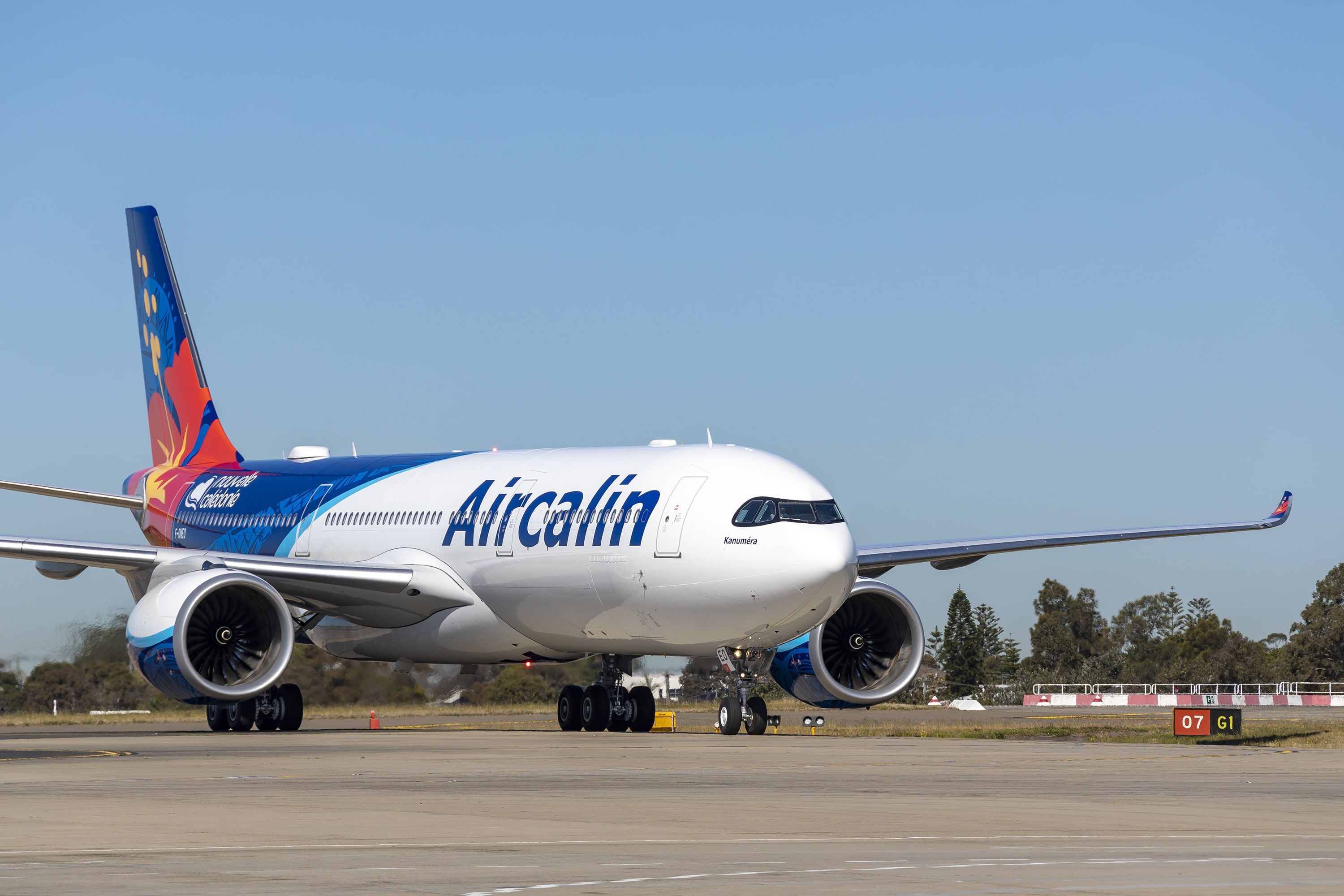
The Airbus A330neo Carrier You May Not Have Heard Of: Inside Aircalin
The distinctively floral tail is warmly welcomed at its range of Pacific destinations.Thus, Airbus attempted to compete in this market with its redesigned A330neo. While the manufacturer could have considered the production of a new clean-sheet widebody, the company decided against the extremely high development costs in exchange for a relatively easy upgrade to a decades-old airframe.
Airbus updated the original design for the A330neo
Airbus launched the A330neo in 2014, and with lower operating costs, improved aerodynamic technology, and better fuel efficiency, it was anticipated to be as successful as the original versions. The new variants have been re-engined, with both operating with the Rolls-Royce Trent 7000 engine, and are capable of flying both long and short-haul connections.
According to Airbus, curved and swept back wingtips have been introduced, and with one of the highest wingspan and aspect ratio of an aircraft of its size, the aerodynamics have been improved, leading to less fuel burn and lower fuel costs. These improvements have added approximately 1,000 NM to the range of both variants over their predecessors.
Airlines with the A330 already in their fleet could easily integrate the A330neo, as there are many common parts, and aircrew can transition to the neo with only a short training course and still be rated to fly both versions. A further benefit of the A330 for airlines is that it shares a common type rating with the A350. Both types can be flown under one license, and Airbus states that only eight days of training would be required for a pilot to switch.
Limited commercial success
The impressive commercial popularity of the Boeing 787 has made the aircraft a common household name, with an impressive 1,908 net orders for the jet. The plane's technological advancements have transformed widebody operations and opened routes that have never been profitable before.
Despite many reasons why the A330neo might be a good option for carriers, the airliner failed to garner even one-sixth of the 787's order numbers. Nonetheless, the presence of the A330neo effectively forced Boeing to compete against Airbus' offering, wasting valuable resources and time.
Airbus even captured a few significant customers for the A330neo, including, most importantly, a sizeable order from US legacy carrier Delta Air Lines. For Boeing, Delta's continued interest in Airbus widebodies has been a thorn in the manufacturer's side, with a major airline in its home country continuing to shirk its flagship widebody offering.
The A330neo, on its own, offers few benefits over the Boeing 787, except for a lower purchase price, a facet that has made it popular with younger airlines that have smaller cash reserves. However, the common type rating between the A350 and the A330 allows for increased synergies with operators that, like Delta, already fly the manufacturer's largest widebody.

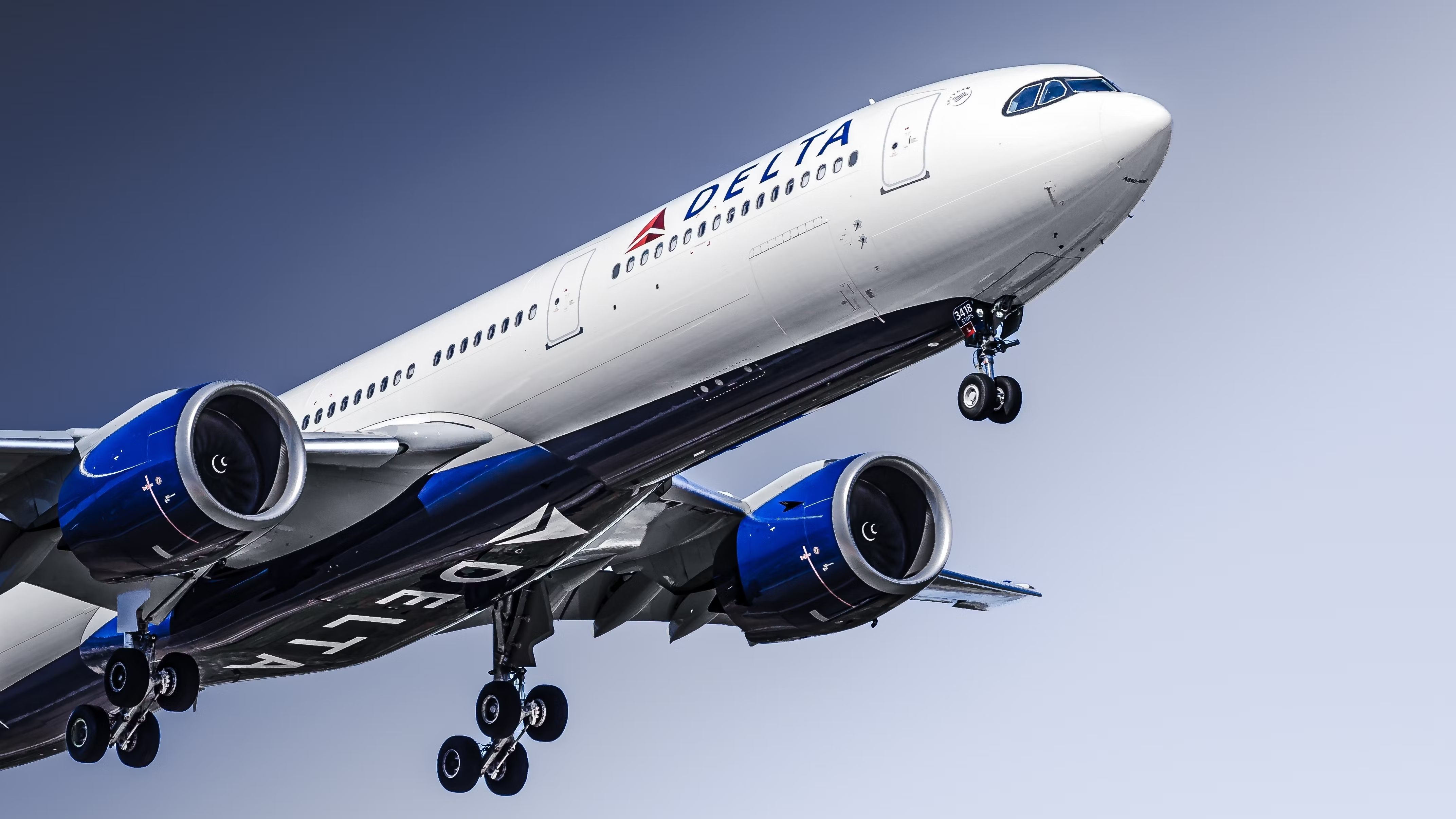
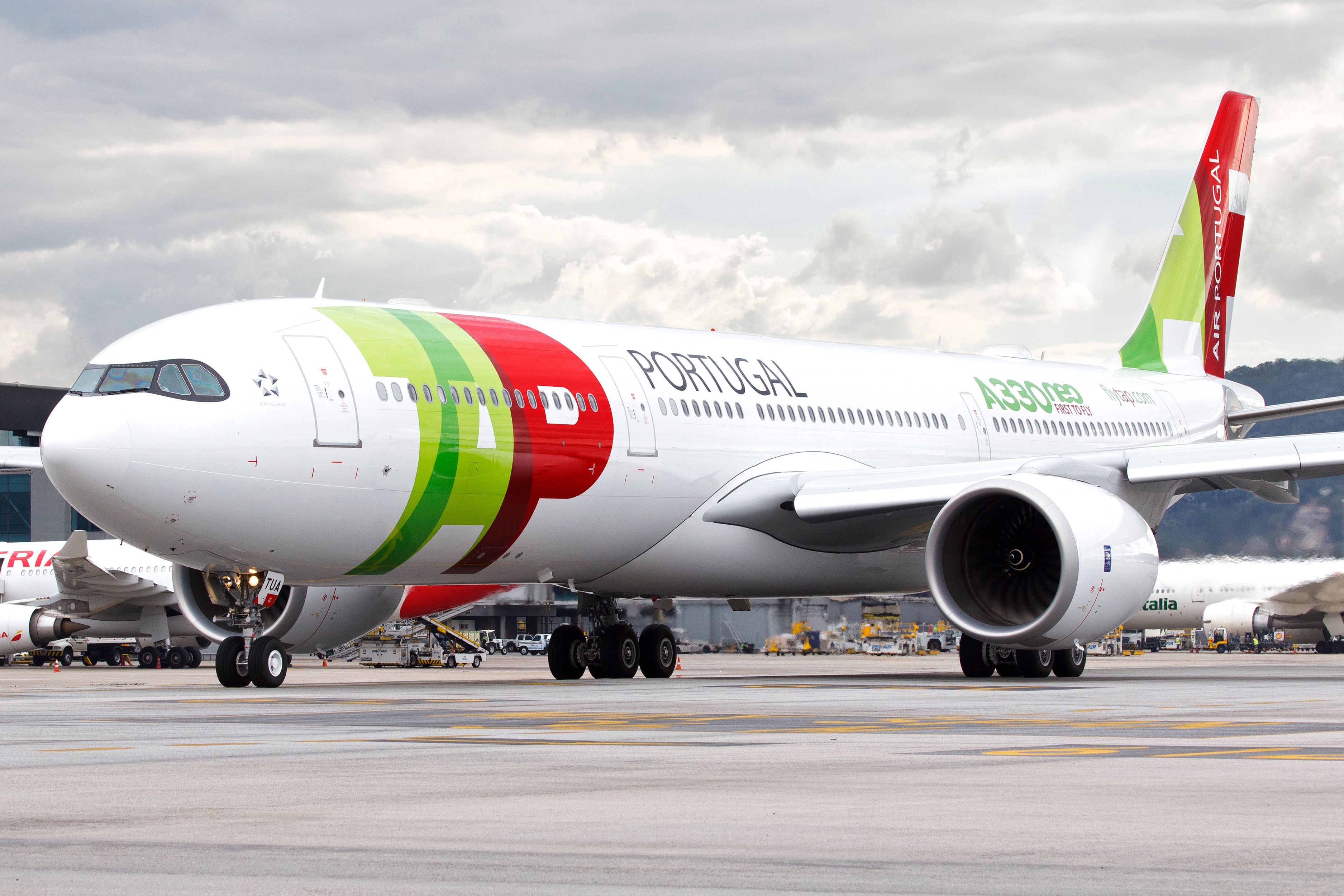
.jpg)
